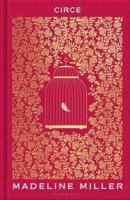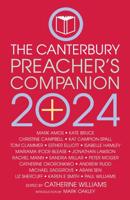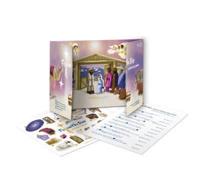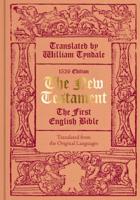Publisher's Synopsis
The title of the first edition of the translation, in Early Modern English, was "THE HOLY BIBLE, Conteyning the Old Te?tament, AND THE NEW: Newly Tran?lated out of the Originall tongues: & with the former Tran?lations diligently compared and reui?ed, by his Maiesties ?peciall Comandement". The title page carries the words "Appointed to be read in Churches", and F. F. Bruce suggests it was "probably authorised by order in council" but no record of the authorization survives "because the Privy Council registers from 1600 to 1613 were destroyed by fire in January 1618/19".For many years it was common not to give the translation any specific name. In his Leviathan of 1651, Thomas Hobbes referred to it as the English Translation made in the beginning of the Reign of King James. A 1761 "Brief Account of the various Translations of the Bible into English" refers to the 1611 version merely as a new, complete, and more accurate Translation, despite referring to the Great Bible by its name, and despite using the name "Rhemish Testament" for the Douay-Rheims Bible version.Similarly, a "History of England", whose fifth edition was published in 1775, writes merely that [a] new translation of the Bible, viz., that now in Use, was begun in 1607, and published in 1611.King James's Bible is used as the name for the 1611 translation (on a par with the "Genevan Bible" or the "Rhemish Testament") in Charles Butler's Horae Biblicae (first published 1797).Other works from the early 19th century confirm the widespread use of this name on both sides of the Atlantic: it is found both in a "Historical sketch of the English translations of the Bible" published in Massachusetts in 1815, and in an English publication from 1818, which explicitly states that the 1611 version is "generally known by the name of King James's Bible".This name was also found as King James' Bible (without the final "s"): for example in a book review from 1811.The phrase "King James's Bible" is used as far back as 1715, although in this case it is not clear whether this is a name or merely a description.The use of Authorized Version, capitalized and used as a name, is found as early as 1814. For some time before this, descriptive phrases such as "our present, and only publicly authorised version" (1783), "our Authorized version" (1792), and "the authorized version" (1801, uncapitalized) are found. In Britain, the 1611 translation is generally known as the "Authorized Version" today. The term is somewhat of a misnomer because the text itself was never formally "authorized", nor were English parish churches ever ordered to procure copies of it.King James' Version, evidently a descriptive phrase, is found being used as early as 1814. "The King James Version" is found, unequivocally used as a name, in a letter from 1855. The next year King James Bible, with no possessive, appears as a name in a Scottish source.[28] In the United States, the "1611 translation" (actually editions following the standard text of 1769, see below) is generally known as the King James Version today.The Authorized King James Version is an English translation of the Christian Bible began in 1604 and completed in 1611 by the Church of England. A primary concern of the translators was to produce a Bible that would be appropriate, dignified and resonant in public reading. Hence, in a period of rapid linguistic change, they avoided contemporary idioms; tending instead towards forms that were already slightly archaic, like "verily" and "it came to pass". While the Authorized Version remains among the most widely sold, modern critical New Testament translations differ substantially from the Authorized Version in a number of passages, primarily because they rely on source manuscripts not then accessible to (or not then highly regarded by) early 17th Century Biblical Scholarship.







